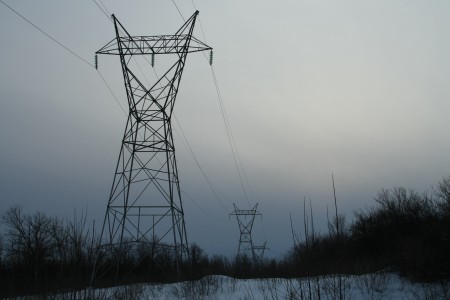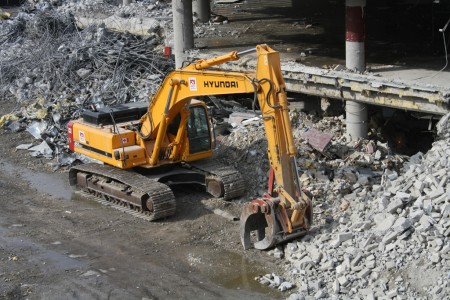The recently concluded International Scientific Congress on Climate Change has released the ‘key messages’ from the conference. Somewhat truncated, they are:
- “Recent observations confirm that, given high rates of observed emissions, the worst-case IPCC scenario trajectories (or even worse) are being realised… There is a significant risk that many of the trends will accelerate, leading to an increasing risk of abrupt or irreversible climatic shifts. “
- “The research community is providing much more information to support discussions on “dangerous climate change”. Recent observations show that societies are highly vulnerable to even modest levels of climate change, with poor nations and communities particularly at risk.”
- “Rapid, sustained, and effective mitigation based on coordinated global and regional action is required to avoid ‘dangerous climate change’ regardless of how it is defined.”
- “Climate change is having, and will have, strongly differential effects on people within and between countries and regions, on this generation and future generations, and on human societies and the natural world.”
- “There is no excuse for inaction. We already have many tools and approaches… to deal effectively with the climate change challenge.”
- “To achieve the societal transformation required to meet the climate change challenge, we must overcome a number of significant constraints and seize critical opportunities.”
The conference involved 2,500 delegates from nearly 80 countries, and was intended to consider scientific issues prior to the UNFCCC negotiating meeting in December. A synthesis report on the conference will be released in June.
There is still an enormous gap between what climate scientists say must be done in the near-term and what most governments have pledged to do. Hopefully, the two will converge sharply during the next year, and the UNFCCC meeting will produce a viable successor to the Kyoto Protocol.






